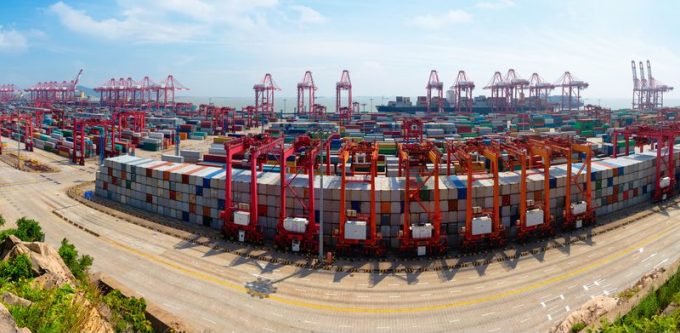Gemini to reintroduce direct Asia-Europe calls at Aarhus and Gothenburg
The first cracks in the Gemini partners’ philosophy of limiting direct calls on their Asia-Europe ...

The true cost of IMO 2020 compliance has yet to be proven, but with the spread between 0.5%- and 3.5%-sulphur fuels currently at over $300 per tonne in Rotterdam, only carriers that have installed scrubbers will be rubbing their hands with glee.
But for the others, ...

Comment on this article